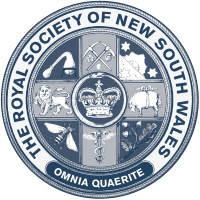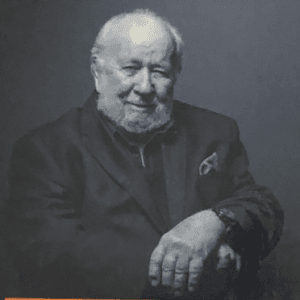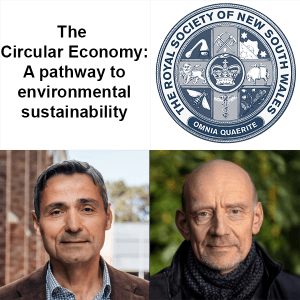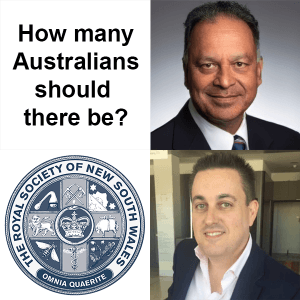Lecture delivered at the annual meeting of the Royal Society of NSW, the Australian Nuclear Association, the Nuclear Panel of Engineers Australia, and the Australian Institute of Energy.
“Counting atoms for a living”
Dr Andrew Smith, ANSTO
Wednesday 7 March 2012 at 6 pm
Hamilton Room, Trade & Investment Centre, Industry & Investment NSW, Level 47, MLC Centre, 19 Martin Place, Sydney
Meeting report by Donald Hector
Andrew Smith counts cosmogenic radionucleides for a living! These are radioactive cosmic rays (or, more accurately, cosmic particles) most of which are generated in the Sun and the far reaches of the universe. The facilities at ANSTO users accelerator mass spectrometry (AMS) which is an assembly of tandem accelerators to detect rare isotopes of intermediate half-life.
Cosmic rays were discovered in 1904. They are energetic particles that impinge upon the Earth’s atmosphere – about 90% are protons, 10% are helium nuclei (alpha particles) and less than 1% are heavier” nuclei. They are generated by the Sun, supernova and what astronomers refer to as “unknown events”. When these particles hit the Earth’s atmosphere and collide with other molecules, the products of these collisions can be observed and measured.
One of the applications of this technology is in carbon-dating. Carbon-dating technology relies on the fact that the atmospheric concentration of the 14C, the radioactive isotope of carbon, is constant with about 7.5 kg being produced in the atmosphere every year. While an organism is alive, it is in equilibrium of the atmosphere. When it dies the “clock” starts because 14C update ceases and radioactive decay gradually reduces the 14C concentration. The older technology is radiometry which is a passive technique that requires a relatively large sample (up to several grams) but using AMS (the ANSTO equipment uses the 2 MV STAR accelerator) is an “active” only requires a much smaller sample of around 0.1 mg.
One area of particular interest for Dr Smith and his team is using is highly sensitive analytical technique to examine the polar sheet in Antarctica. As it falls, snow traps atmospheric gas and particles and once the ice has accumulated to it thickness of 50-100 m, the air pockets are closed off, trapping the gas. To investigate theories relating to climate change, establishing historical concentrations of greenhouse gases is of particular interest. Carbon dioxide, methane and nitrous oxide (these three constitute only about 0.1% of the atmosphere) are trapped in the bubbles in the ice. Both natural sources of methane (termites, geologically produced methane, clathrates – these are methane molecules trapped in a cage of water molecules due to very high pressure and are found extensively in deep parts of the ocean – and anaerobic decay) and anthropogenic sources (landfills, livestock, rice cultivation, and waste water treatment) each has its own unique signature of carbon isotopes.
The experimental work being done in ANSTO over the last several years has been drilling down to extract cores from ice which has been deposited over several thousand years. Large quantities of ice are needed to get even the tiny samples needed for analysis (Dr Smith’s recent expedition to the area near Casey base collected 7½ tons of ice). Once the samples go through a very careful preparation process and are analysed (including corrections for cosmic ray generation of 14C and the changes in 14C concentration caused by nuclear testing in the 1950s and 1960s when its concentration doubled) some very interesting information emerges. For example, historically there have been some very sharp changes in methane concentration. This could be due to clathrates releasing their methane in previous eras. If so, this indicate a major problem should global warming cause large methane releases either from clathrates or peat bogs as permafrost melts.
Another area of investigation that ANSTO is pursuing is whether there is a connection between sunspot activity and climate change. Historical astronomical records suggest that during the Maunder minimum (a period that has been described as “a mini ice age” in Europe from about 1635 to 1700) sunspot activity was unusually low. The first step is to measure the ratio of 7Be to 10Be which is well correlated to sunspot activity. This investigation is very complex and will have some years to run while such issues as beryllium transfer through the ice sheet needs to be understood. Dr Smith’s team is at the cutting-edge of climate change research and is just one example of ANSTO’s unique contribution to world-leading science.






